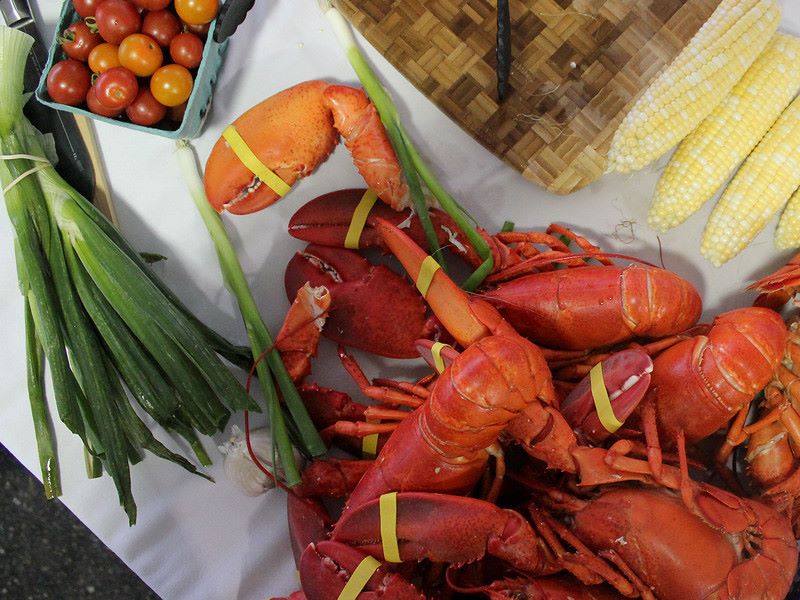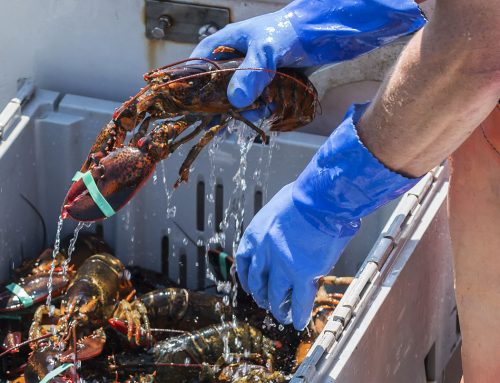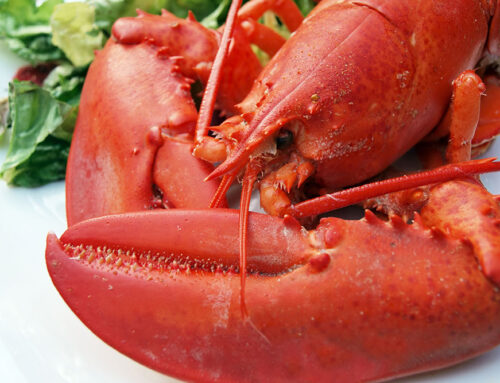Many seafood lovers wonder about the green stuff in lobster, specifically what it is and if it is safe to eat. Also known as the tomalley, lobster paste and crab fat, this gooey mass inside the lobster’s body cavity is what serves as part of the crustacean’s digestive system. This mass works as the lobster’s liver and pancreas, and is called the hepatopancreas in lobsters and other other arthropods.
Many people, especially those who live in the New England area, consider the lobster paste a delicacy, consuming it with the rest of the lobster meat and often adding it to chowders, soups and sauces as a thickening agent as well as dishes that are made from the entire body of the lobster. Many people don’t know how to eat lobster paste, but it is typically just scooped out with a spoon.
While many people find the lobster’s insides delicious, there are some health concerns which must be considered. In mammals, the liver acts as a filter, working to remove any toxins from the blood. Because the lobster paste acts as the liver, it also accumulates any pollutants the lobster has absorbed from its food and environment.
In 2008, the United States Food and Drug Administration issued a warning to consumers who eat lobster of possible risks of consuming the tomalley from Maine lobsters due to the possibility of toxins being present in the organs, including PSP, or Paralytic Shellfish Poisoning. The FDA emphasizes there is no indication that PSP toxicity exists in the lobster meat and consumers have no reason to be concerned. This is because any possible toxins found in the digestive tract are not water soluble, and therefore don’t leach out into the water when the lobster is boiled.
Other official agencies have also expressed similar concerns that many people may not know how to eat lobster safely. A report from the Maine Department of Marine Resources indicated levels of PSP toxin were found in a small percentage of lobsters caught in state. About the same time, the Massachusetts Department of Public Health issued a similar statement to consumers who eat lobster.
Of course, government agencies have the responsibility of protecting the public, so they tend to err on the side of caution. Debate also exists over whether the toxins in the green stuff in lobster are just a result of red tide outbreaks. Many people and even some health organizations believe the tomalley can be consumed safely in moderation, just as with the livers of mammals, and WebMD reports that eating lobster paste in moderation is most likely safe.
Some of these same types of health warnings exist for many of the foods consumers eat on a daily basis, including other forms of shellfish such as oysters and fish such as tuna and even salmon, if eaten in excess. The bottom line is, the lobster’s digestive system is edible and very delicious, and consuming one or two servings of lobster paste stretched over a long period of time probably won’t do you any harm, provided you are brave enough to give it a try. Just pay attention to local health advisories and use your best judgment.










